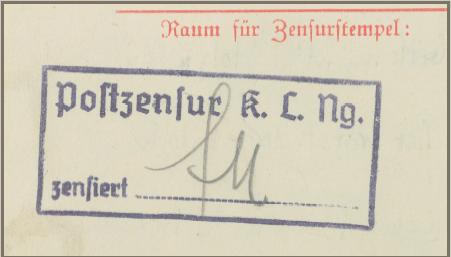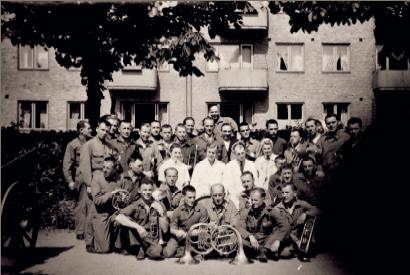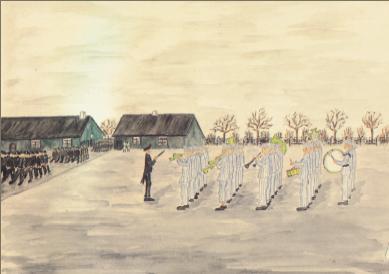Self-assertion and cultural activity
Because they suffered constant harassment and violence, most prisoners thought of little else but the immediate present and their own survival. It often seemed that brutal egoism and ruthless assertiveness were the only ways to survive in the camp. However, experiencing friendship and solidarity in spite of the conditions at the camp helped many to cope with their terrible situation. Prisoners who were able to maintain social relationships with other like-minded prisoners found it easier to preserve their sense of self-worth, their mental independence, and the certain knowledge that they were spiritually and morally superior to their tormentors. Some managed to cope with the deprivations they suffered by escaping into their own inner worlds and fantasies. The prisoners’ experiences in the concentration camps often changed their religious feelings. Some lost their faith in the daily struggle for survival; others found great comfort in faith.
Contacts with the Outside World
Letters were the most important means of maintaining contact with the world outside the camp. But since every letter had to go through the censor’s office, prisoners had to write their letters in a way that the SS would find acceptable. However, many prisoners, such as those in the penal commando, Jewish prisoners and prisoners who had been deported during the “Night and Fog” campaign, were not allowed to send or receive letters at all. Other prisoners could not send or receive any mail because their relatives lived in areas which the Reich’s postal service did not serve, such as the theatres of war in the Soviet Union or Italy. Some prisoners did come into contact with civilians through their work (for example with employees of companies supplying the camp, or civilian overseers at the armaments factories), but civilians were not allowed social contact with concentration camp prisoners and generally obeyed the ban due to fear of punishment.

Cultural Activities
The daily struggle for survival at the camp left little room for cultural activities. Conversations about literature or music from their native countries expressed the prisoners’ will to survive and to maintain their identities. In early 1942, when all work was called to a halt due to the typhus epidemic, opportunities arose to tell stories, sing songs, recite poetry, show sleights of hand, or play music. In 1943/44, the SS policy towards the prisoners’ leisure activities was occasionally slightly more generous. Apart from the orchestra which had to play marches during roll-call, a camp orchestra was formed, which was sometimes allowed to play concerts on Sundays. There was also a camp library, whose stock was but its stock consisted almost exclusively of books in German. Boxing or soccer matches and the occasional “soirées” were especially popular. Some drawings and handicraft objects which were recovered from the concentration camps also show how prisoners tried to resist the murderous conditions under which they were forced to live.

Drawings
Prisoners at the camp used everything they could lay their hands on to covertly make drawings. They drew with pencils orpieces of coal on to scraps of paper, the backs of forms or pages in notebooks. Most of these drawings, however, have been lost. Many of the artists destroyed their work themselves out of fear of being discovered. Only some drawings were smuggled out of the camp, often under hair-raising circumstances. Drawing was one of the activities which helped prisoners to maintain their self-respect andwill to survive, but some drawings were also exchanged for other items. The majority of the drawings and paintings displayed here were made shortly after the liberation of the camp. The former prisoners often made these works of artin order to be able to deal with their experiences in the camp, but the drawingswere also to serve as documents of theterror the artists experienced in the camp. Only a few of the drawings and paintings were made by trained artists, but the works still create a vivid picture of theday-to-day life and terrors at the concentration camp, of which no photographicrecords exist.
